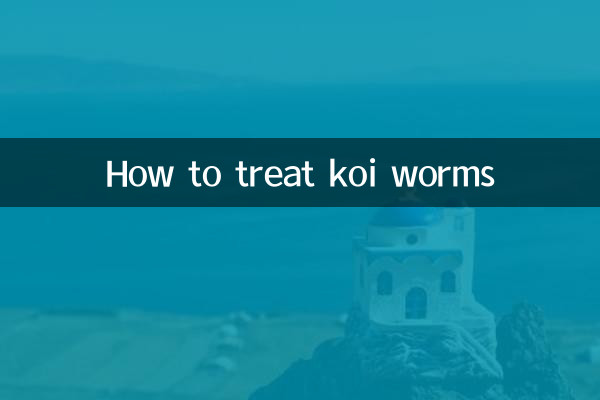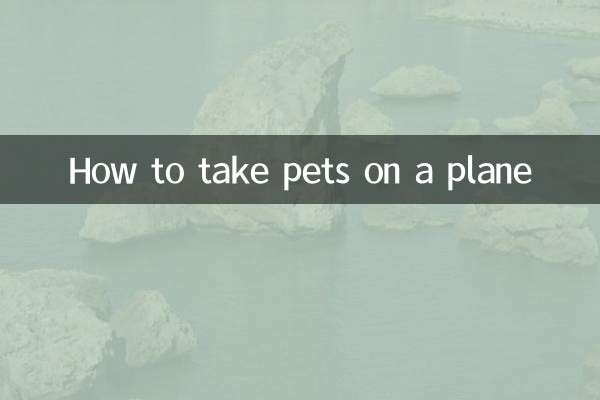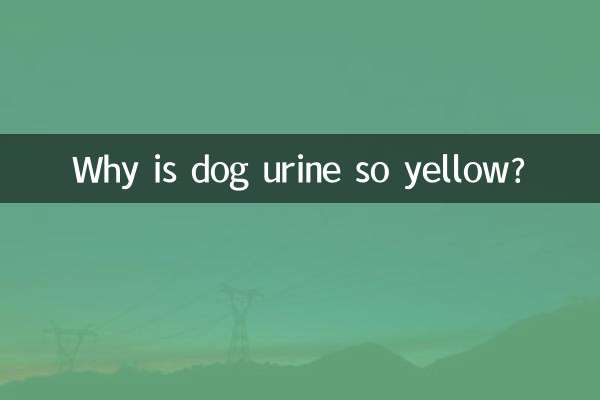How to treat koi worms
Koi is a popular ornamental fish, but during the breeding process, it may encounter problems with parasitic infection. This article will give you a detailed introduction to the treatment methods for koi worms, and attach the hot topics and hot content on the Internet in the past 10 days to help you better understand the relevant information.
1. Common parasites and symptoms of koi

| Parasite type | Symptoms |
|---|---|
| Anchorhead flea | Red spots appear on the surface of the fish and the fish rubs against the tank wall |
| fish lice | White or transparent insects can be seen on the surface of the fish body, and the fish body is restless |
| Ringworm | Fish gills are swollen, breathing is rapid, and the fish body is emaciated |
| Trichodyne | White mucus appears on the surface of the fish body, and the fish body rubs against the tank wall |
2. Treatment methods for koi worms
1.physical therapy: For parasites that are visible to the naked eye (such as fish lice and anchor-head fleas), you can carefully remove them with tweezers and soak the fish body in salt water.
2.drug treatment: The following are commonly used treatment drugs:
| Drug name | How to use | Things to note |
|---|---|---|
| Trichlorfon | Dilute according to instructions and take medicated bath | Avoid excessive use and change the water after bathing. |
| Metronidazole | Medicinal bath at a rate of 10mg per liter of water | Stop feeding during treatment |
| copper sulfate | Medicinal bath at a rate of 0.5mg per liter of water | Avoid mixing with alkaline substances |
3.environmental management: Keep the water quality clean, change the water regularly, and maintain the water temperature between 25-28°C to help the koi recover to health.
3. Hot topics and hot content on the entire network in the past 10 days
1.pet health: The topic of pet parasite prevention and control has become very popular recently, and many pet owners have shared their own treatment experiences.
2.Aquaculture: High temperatures in summer have led to an increase in fish parasitic infections, and experts recommend strengthening water quality management.
3.Ecological and environmentally friendly: The invasion of foreign parasite species has occurred in some areas, causing public concern about ecological security.
4.Scientific breeding: The application of new biological control methods (such as probiotics) in the control of fish parasites has become a hot topic.
4. Suggestions on preventing parasitic infection in koi
1.New fish quarantine: Newly purchased koi should be isolated and observed for 1-2 weeks, and then placed in the main tank after being confirmed to be disease-free.
2.Regular disinfection: Fish tanks, filtering equipment, etc. should be disinfected regularly and can be soaked in potassium permanganate solution.
3.Reasonable feeding: Avoid overfeeding and clean up leftover bait promptly to prevent deterioration of water quality.
4.Enhance immunity: Vitamin C and other nutrients can be added to the feed to enhance the resistance of koi.
Conclusion
Parasitic infections in koi are a common problem, but can usually be effectively controlled with prompt detection and correct treatment. Hopefully this article will help you take better care of your koi so they can grow up healthy and happy.

check the details

check the details